Gary Chillingworth provides five useful techniques you can use to help you range targets at HFT competitions
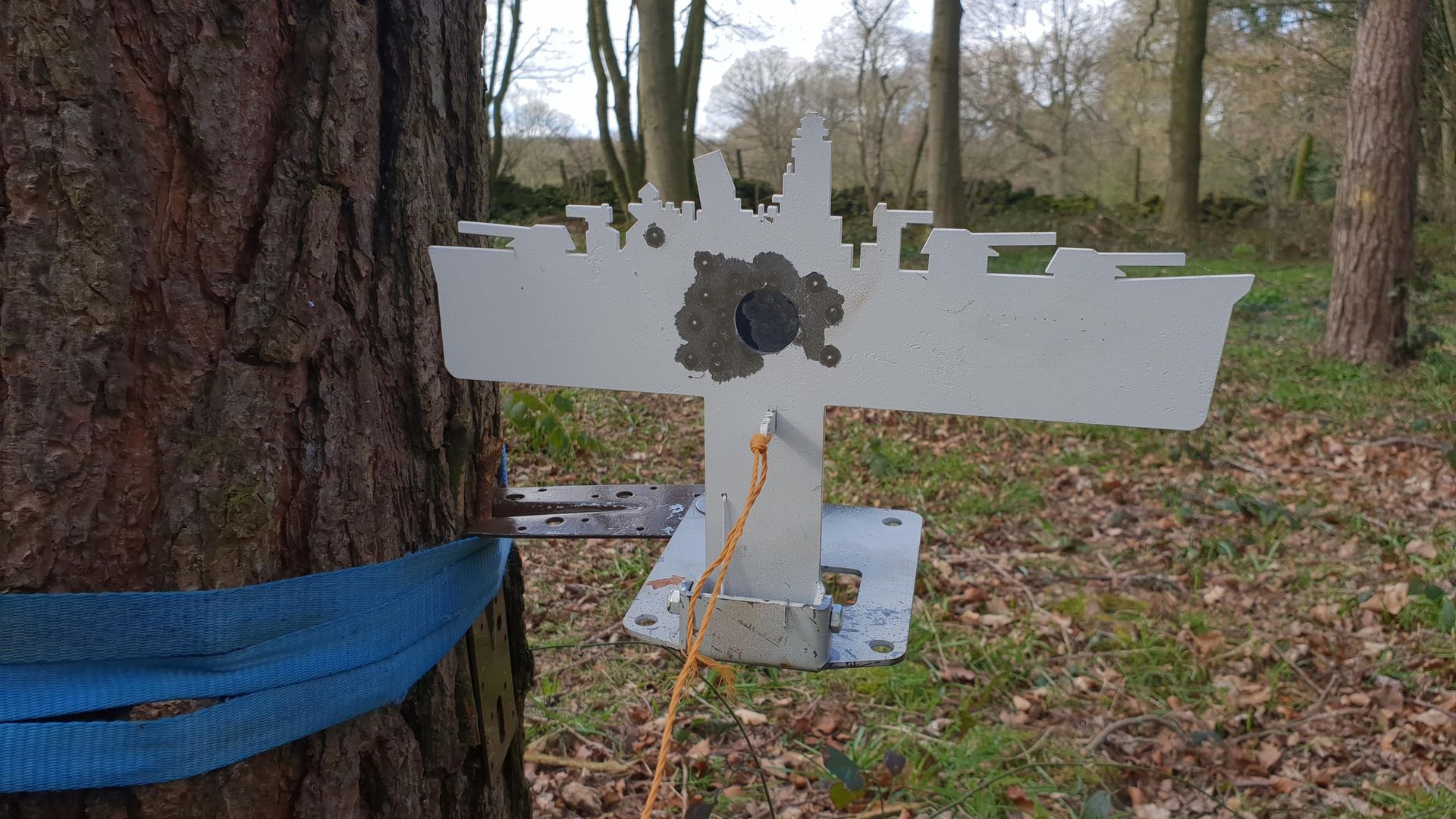 credit: Archant
credit: Archant
1) Use blur to range your targets through the scope
First we are going to look at blur, and how you can use it to range a target. It is very common on an HFT course for the course setters to place the target through the ‘V’ of a tree, or to have a branch hanging across in front of the target. The problem with this is, it will give you a false blur reading, so if you approach the target and you can’t see it clearly from the peg, check the target standing, or move down the firing line and look, and you will get a better representation of what the blur actually is.
Take some time to look through your scope at the bark of a tree, at thin branches, and at pellet strikes on the plate. I know that if I look at tree bark and I can make out the ridges, or can see the sharp edge of a pellet strike or the veins on a leaf, then the target is between 18 and 36 yards. If I look at the bark and it’s all blurred and there is good light, then I know it’s a long way off.
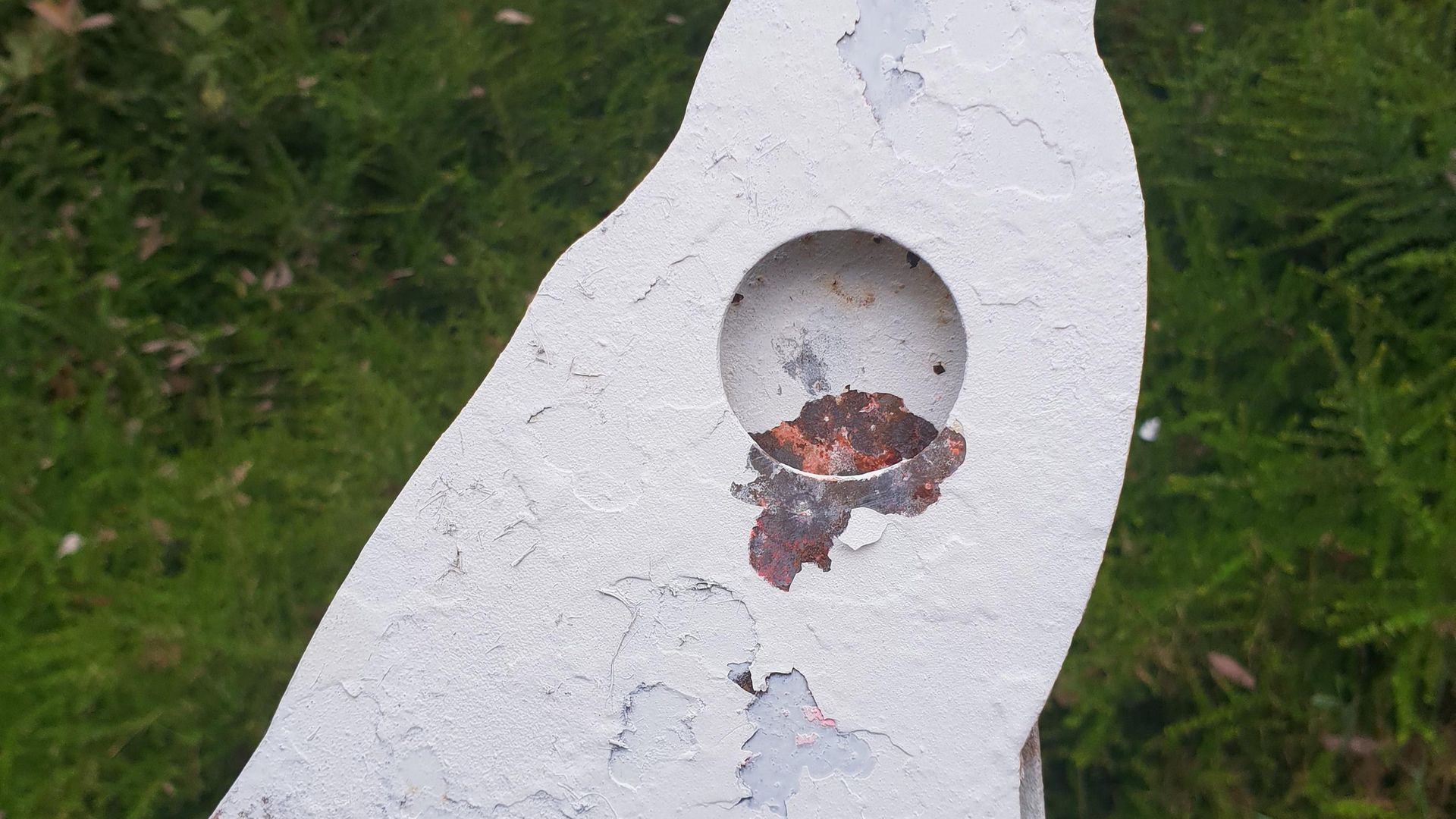 credit: Archant
credit: Archant
2) Use other shooters' pellet strikes to range your targets
I then look at the target, and more importantly, the kill zone, which is more important than the face plate. There is a good chance that the shooters in front of you will miss and hit the plate high and low, left and right, but the good shooter will be hedging their bets on a long target.
If it’s a 35mm at, say, 45 yards, people will put their 45-yard aim point low in the kill, so that they can get everything in from say 41 to 45 yards. Look at the kill. If all the pellet strikes are low in the kill zone, then its longer; if they are all high, it’s near to 40 yards, and if it’s a good spread then it’s probably 42 or 43.
Of course, you can look at the faceplate, and if the target is long and there are plenty of hits very low on the plate, there is a good chance that the target is not only 45 yards, but that the wind is also blowing the pellet down - so, put your 45 aim point In the middle.
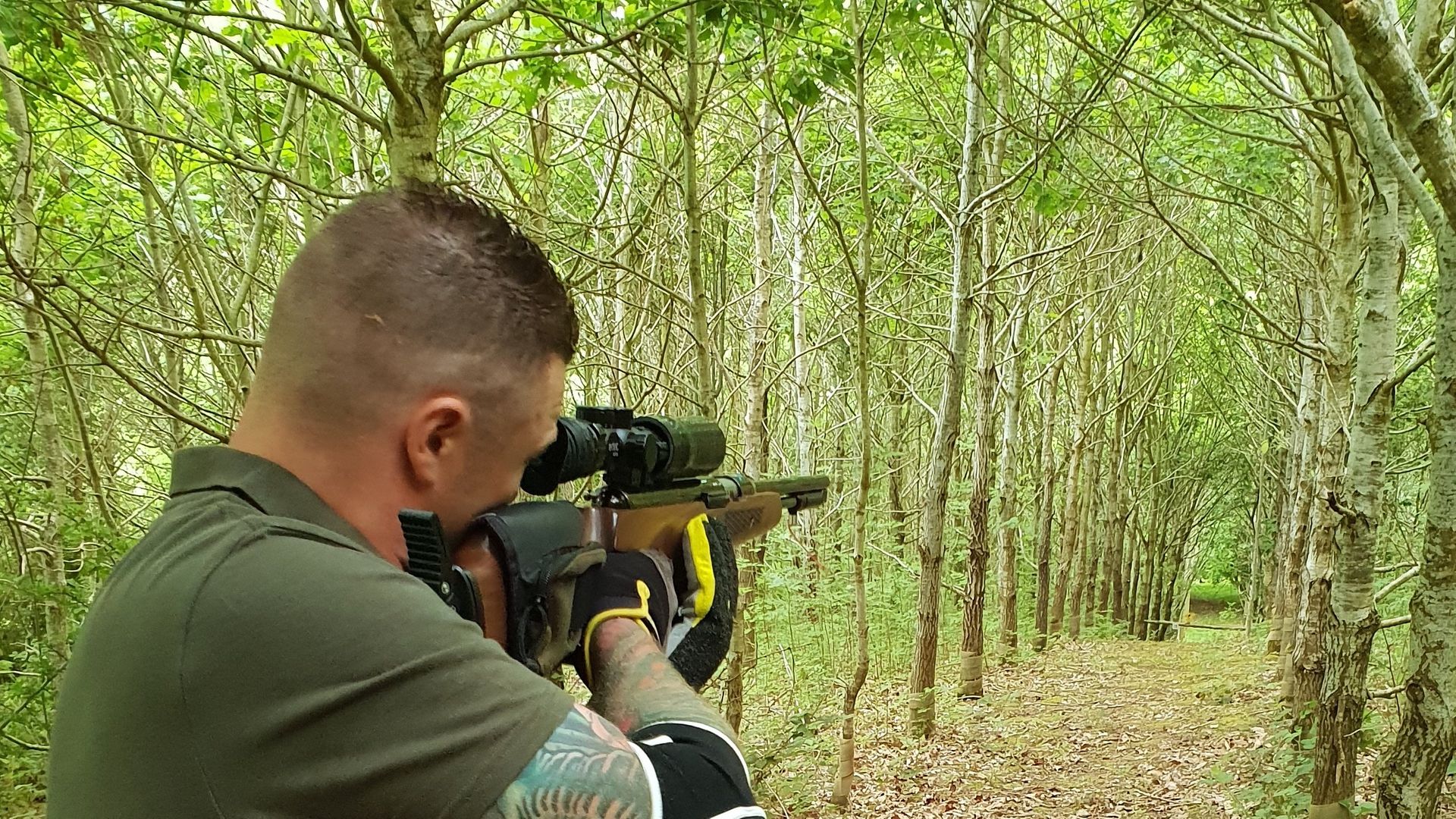 credit: Archant
credit: Archant
3) Learn to judge 25 yards and use it to range further distances
Another good trick is learn 25 yards. Measure out 25 yards in your garden, or on the road, and count how many steps you take to walk it. Then, when you are in the supermarket or at work, look around and try to judge which areas are 25 yards away and then pace it out. When you are on the course, pick your 25 yard point between you and the target and then judge how far the target is beyond that, or short of it.
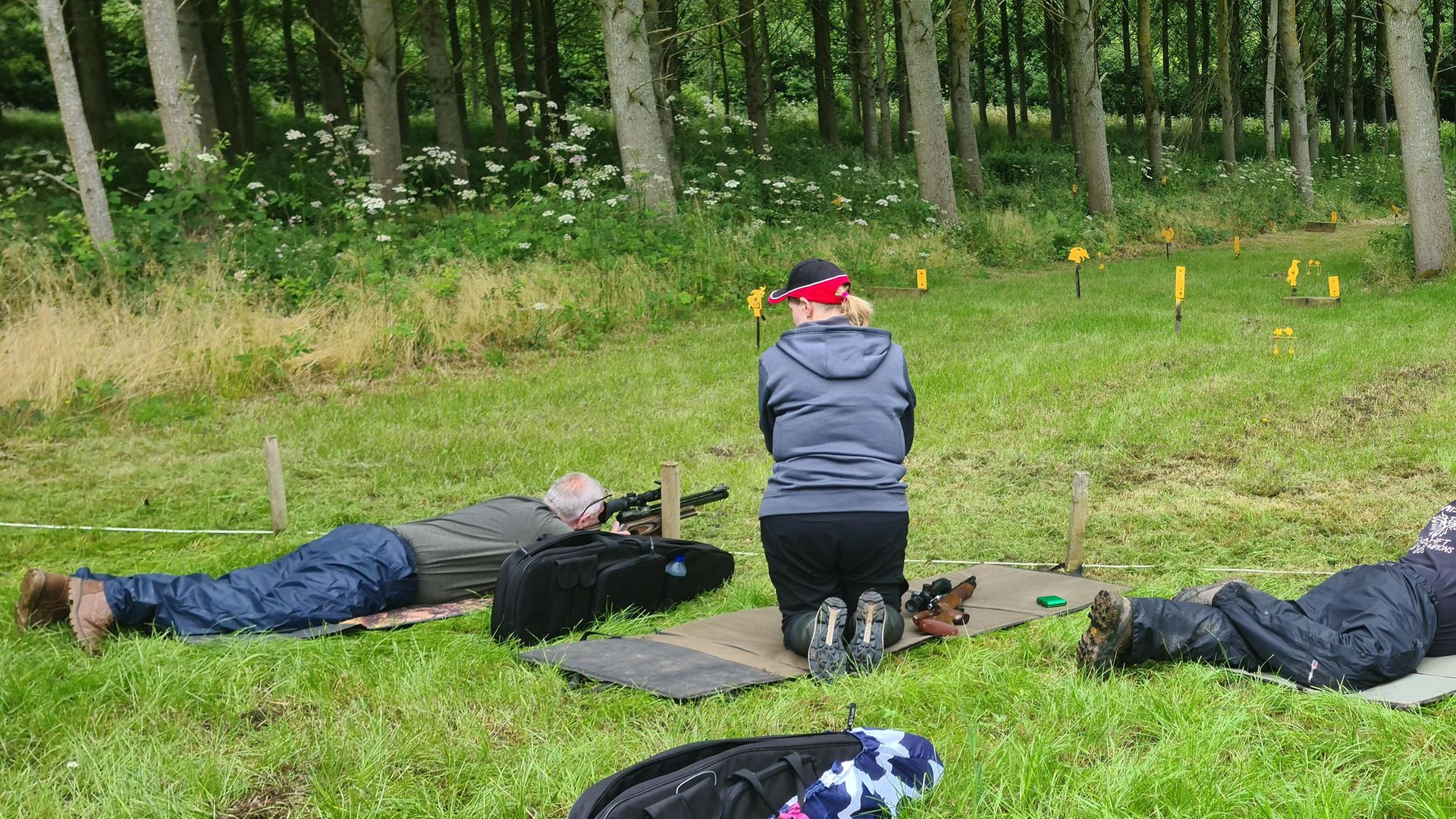 credit: Archant
credit: Archant
4) Use the target you've just shot to help range the next
The next tip is be aware of what you have just shot, or are about to shoot. It is very common for shooting lines to be straight, so have a look at your next peg. If you have a long target and there is a target next to you that is only slightly shorter, but it’s a free-stander – that can only be 35 yards. This will give you a rough idea of the length.
If you shoot a target attached to a big tree and you know that it’s 40 yards to that tree because it had a 25mm target on it, make a note of the position of the tree. When you are four pegs down the line, look at your target – is it in front or beyond that tree?
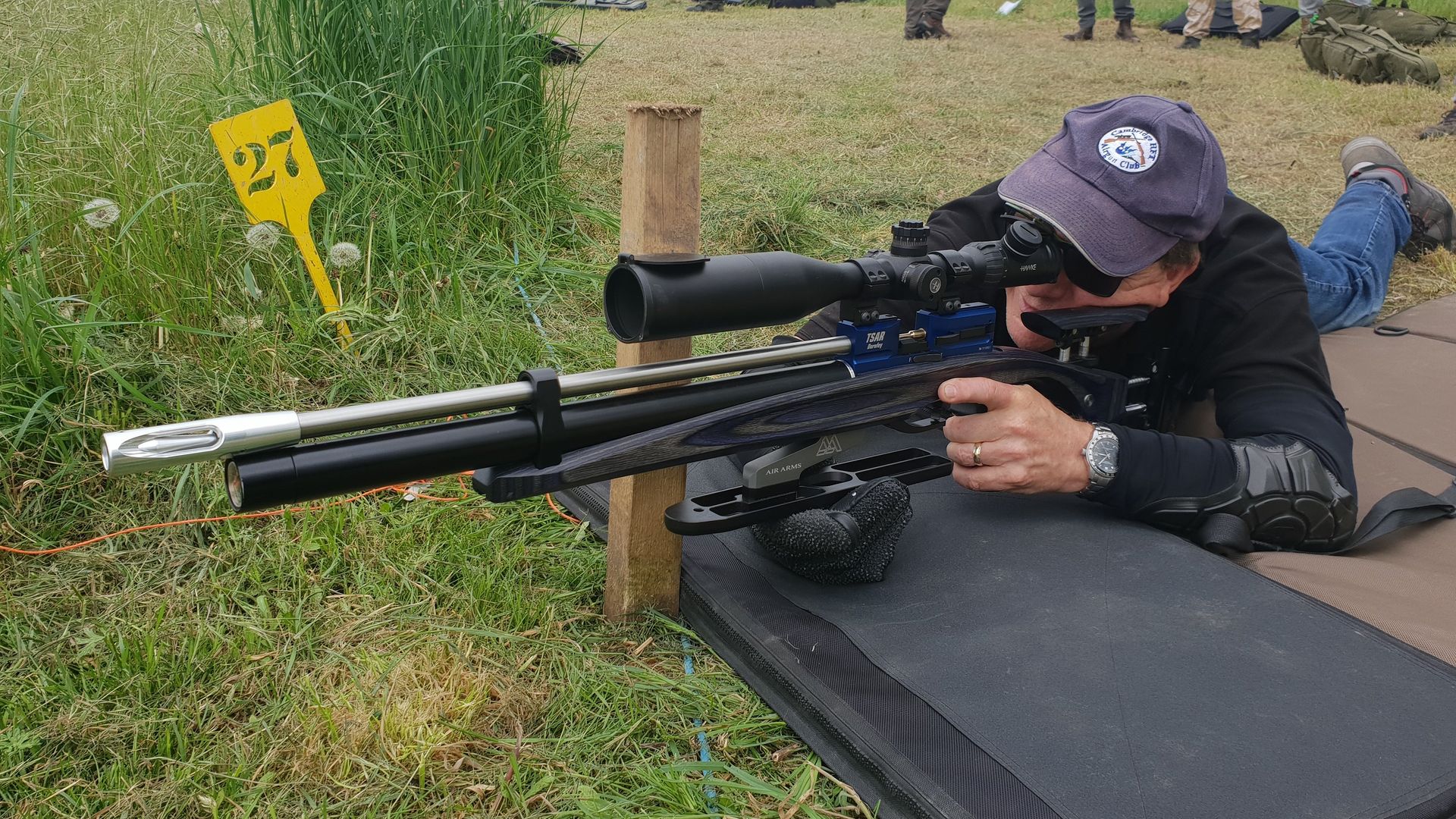 credit: Archant
credit: Archant
5) Listen, look and learn!
My, final tip is ‘listen’. Listen to the group who are in front of you. You might see them shoot and hear someone say, ‘I hit high, or low’,
‘the wind blew me out’ or a mixture of profanity and rage if you are following Jean Greatrex – sorry Jean.
Also, your ears are amazing and you can pick up if a target is a long way away, especially if someone is shooting a quiet rifle.
Take time on the range to look around. Look at leaves and trees, pellet marks and hinges. On the bolts and straps holding the targets – can you make out threads? – and look at those paddles … learn from everything you see. Trust me, it all helps.